Best BBL Fermenter for Breweries
What Is a BBL Fermenter?
Let’s start with the basics. A BBL fermenter is a vessel used in the beer brewing process to ferment wort (the liquid extracted from mashing grains) into beer. The term “BBL” stands for “barrel,” and in brewing, one barrel equals 31 gallons. So, a 1 BBL fermenter can hold 31 gallons of liquid, while a 10 BBL fermenter can hold 310 gallons. Think of it as the heart of your brewing operation—this is where the magic happens, where yeast works its wonders, transforming sugars into alcohol and carbon dioxide.
But it’s not just a big container. A BBL fermenter is designed with precision to control temperature, pressure, and other factors that influence the fermentation process. Without it, you’d be left with a sugary, non-alcoholic mess. So, if you’re serious about brewing, a BBL fermenter is non-negotiable.
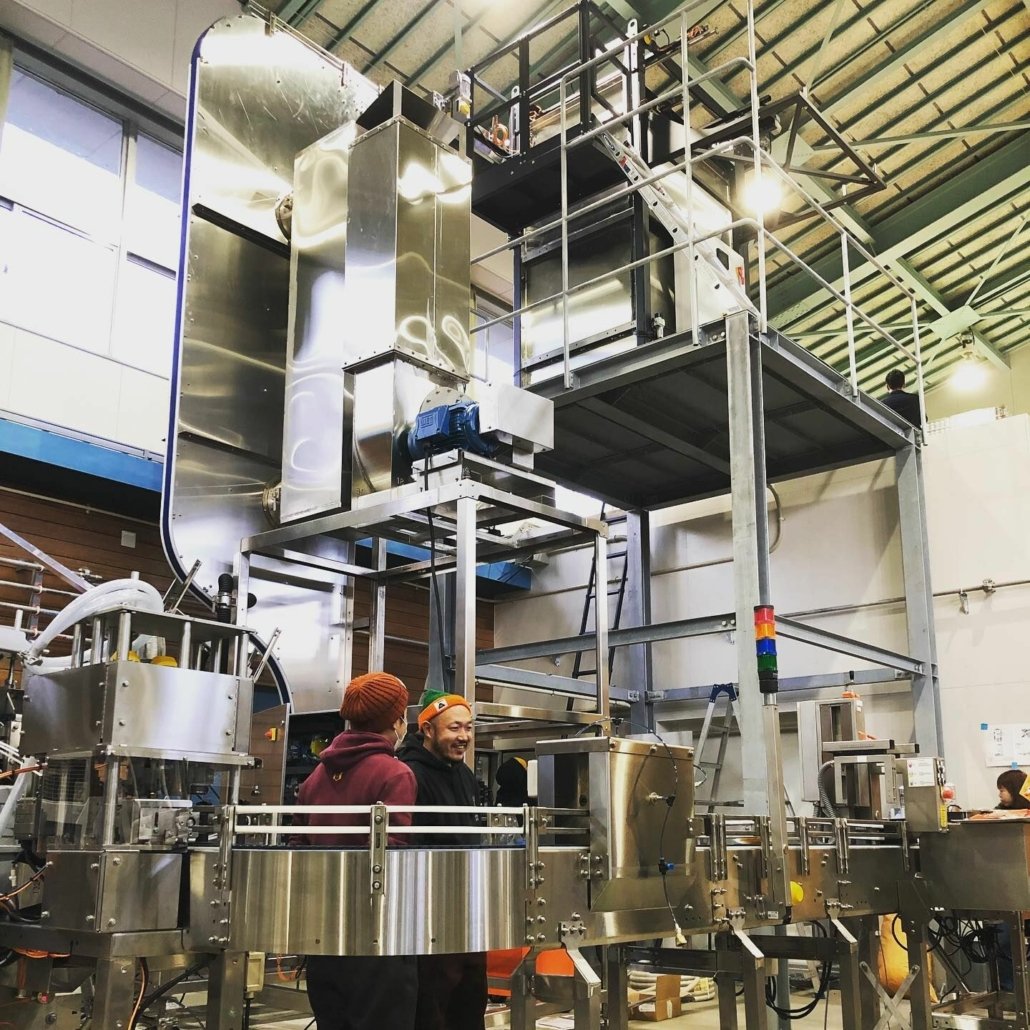
The Importance of BBL Fermenters in Beer Brewing
Why are BBL fermenters so crucial in beer brewing? Well, fermentation is the stage where your beer develops its flavor, aroma, and alcohol content. A good fermenter ensures that this process happens smoothly and consistently. Imagine baking a cake without an oven—it just wouldn’t work. Similarly, brewing beer without a proper fermenter is a recipe for disaster.
BBL fermenters allow brewers to scale their operations. Whether you’re making a small batch for friends or producing thousands of gallons for commercial sale, these fermenters come in various sizes to meet your needs. They also offer features like temperature control, pressure relief valves, and easy cleaning mechanisms, which are essential for producing high-quality beer.
Types of BBL Fermenters
Not all BBL fermenters are created equal. Depending on your brewing style and scale, you’ll need to choose the right type. Here’s a breakdown of the most common types:
- Stainless Steel Fermenters: These are the gold standard in the brewing industry. Durable, easy to clean, and resistant to corrosion, stainless steel fermenters are perfect for both homebrewers and commercial breweries. They also maintain consistent temperatures, which is critical for fermentation.
- Conical Fermenters: These have a cone-shaped bottom that makes it easy to separate yeast and trub (sediment) from the beer. They’re ideal for brewers who want to harvest yeast for future batches.
- Unitank Fermenters: A hybrid between a fermenter and a bright tank, unitanks allow you to ferment, condition, and serve beer all in one vessel. They’re a favorite among craft breweries for their versatility.
- Plastic Fermenters: Budget-friendly and lightweight, plastic fermenters are great for beginners. However, they’re less durable and harder to clean compared to stainless steel options.
Key Features to Consider When Buying a BBL Fermenter
Choosing the right BBL fermenter can feel overwhelming, especially with so many options on the market. To make your decision easier, here’s a table outlining the key features to consider:
| Feature | Why It Matters |
|---|---|
| Material | Stainless steel is durable and easy to clean, while plastic is cheaper but less durable. |
| Size | Choose a size that matches your brewing volume (e.g., 1 BBL for homebrewing, 10 BBL for commercial use). |
| Temperature Control | Precise temperature control ensures consistent fermentation and better-tasting beer. |
| Pressure Relief Valve | Prevents over-pressurization, which can lead to explosions (yes, it’s as scary as it sounds). |
| Ports and Fittings | Look for multiple ports for easy sampling, yeast harvesting, and cleaning. |
| Mobility | Wheels or a compact design can make it easier to move the fermenter around. |
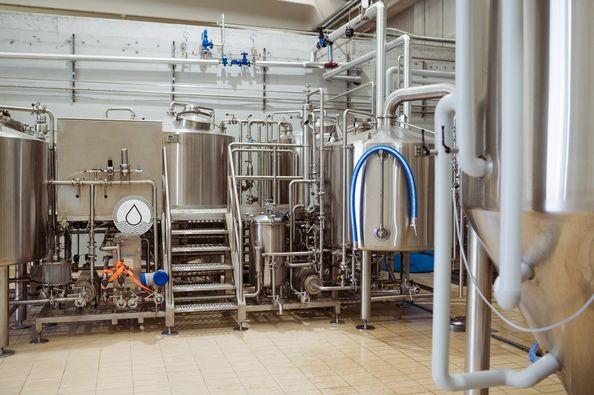
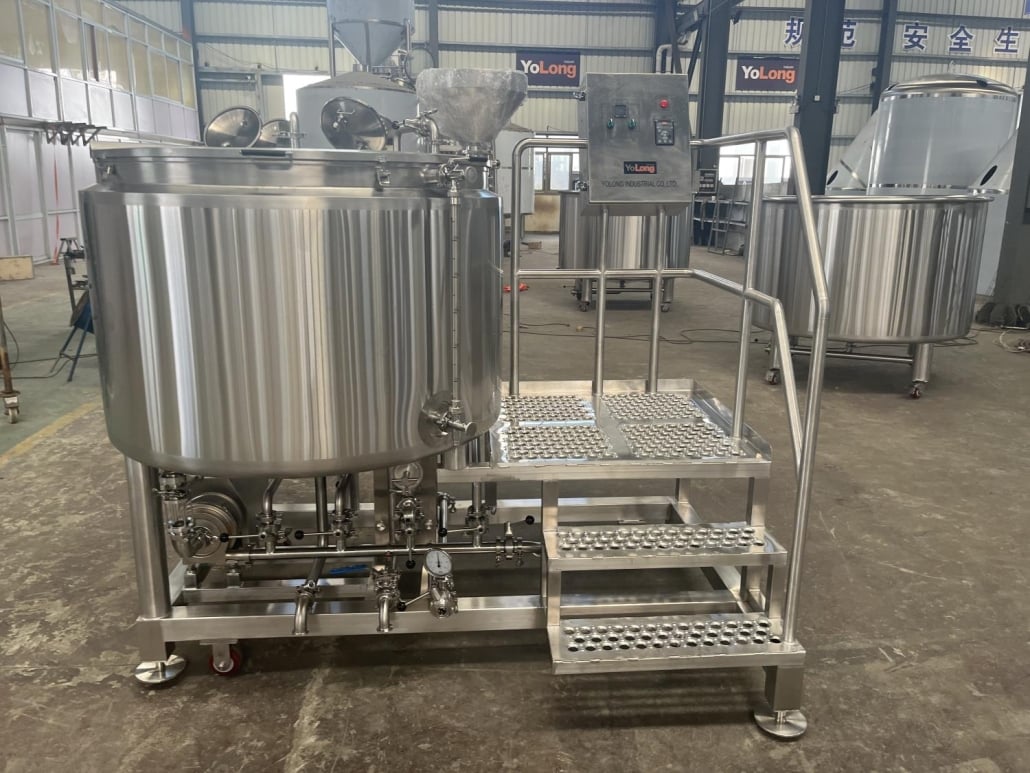
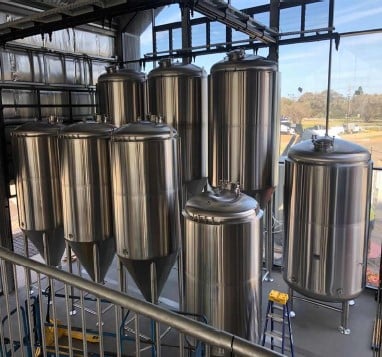
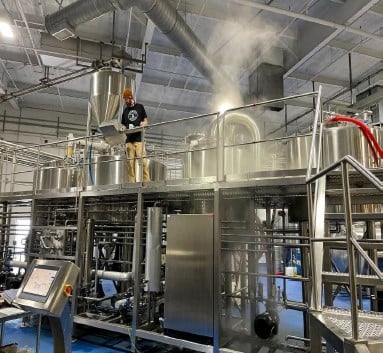
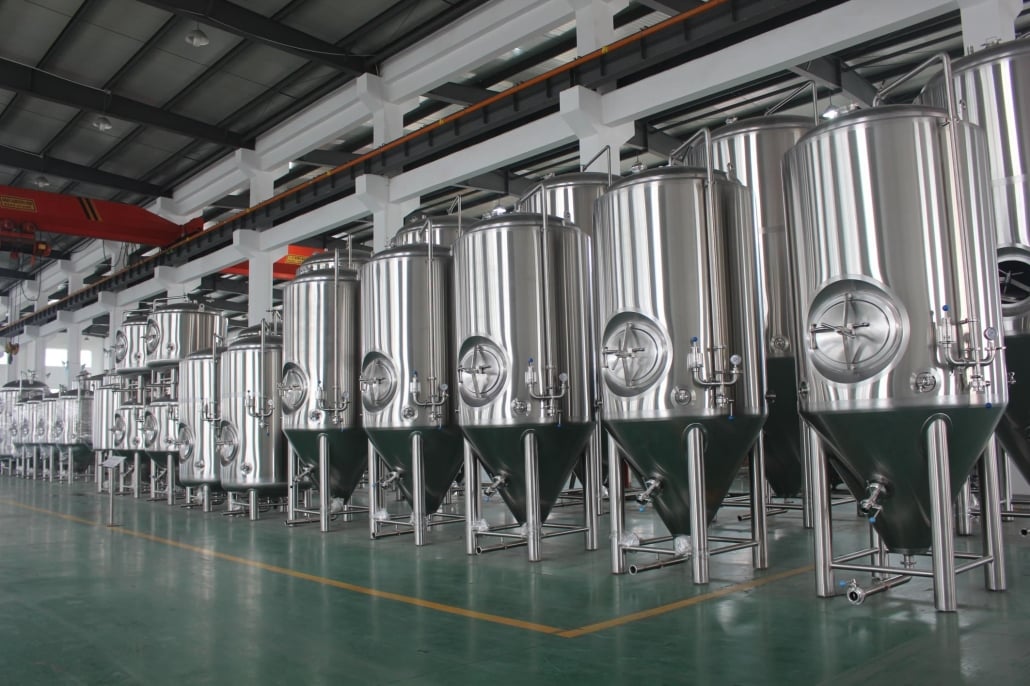
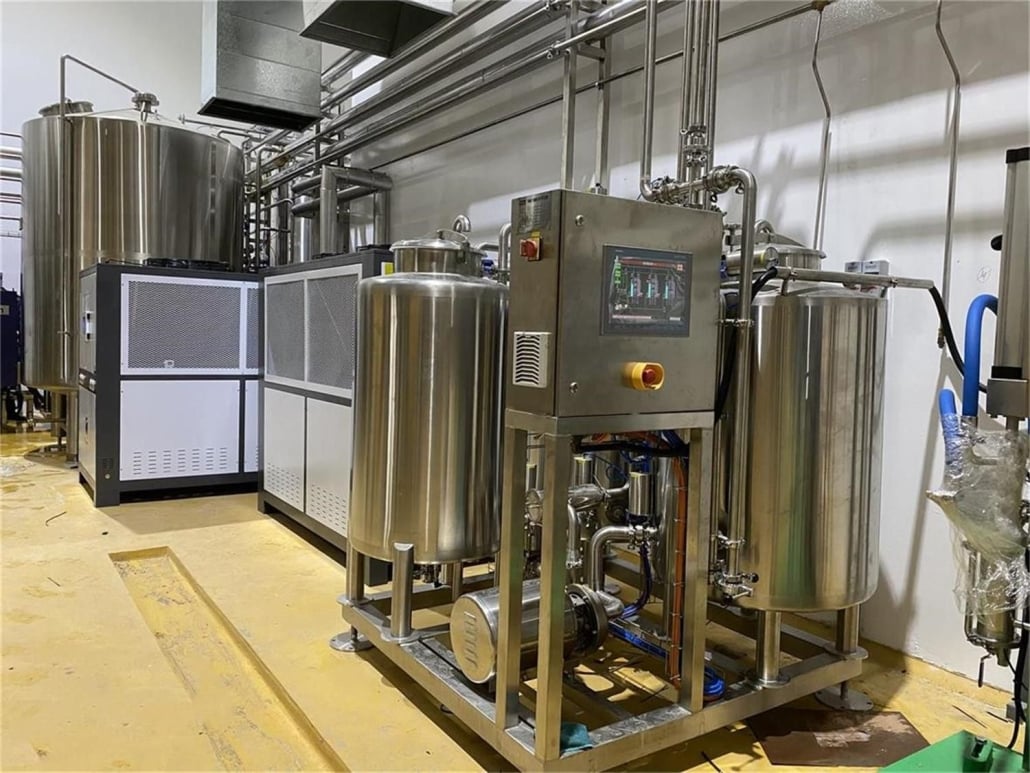
How to Maintain and Clean a BBL Fermenter
A clean fermenter is a happy fermenter. Proper maintenance not only extends the life of your equipment but also ensures the quality of your beer. Here’s a quick guide:
| Step | Details |
|---|---|
| Rinse Immediately | Rinse the fermenter with water as soon as you’re done using it to prevent residue buildup. |
| Use a Cleaning Solution | Use a brewery-safe cleaner like PBW (Powdered Brewery Wash) to remove stubborn stains and bacteria. |
| Sanitize Thoroughly | Sanitize with a no-rinse sanitizer like Star San to kill any remaining microbes. |
| Inspect for Damage | Check for scratches, dents, or rust, especially in stainless steel fermenters. |
| Store Properly | Store the fermenter in a dry, cool place with the lid off to prevent mold growth. |
Top BBL Fermenter Brands in the Market
When it comes to BBL fermenters, not all brands are created equal. Here are some of the top names in the industry:
- Ss Brewtech: Known for their high-quality stainless steel fermenters, Ss Brewtech offers a range of sizes and features, including glycol cooling systems.
- Spike Brewing: Spike Brewing is a favorite among craft brewers for their customizable fermenters and excellent customer service.
- Blichmann Engineering: Blichmann’s fermenters are designed with precision and durability in mind, making them a great choice for serious brewers.
- MoreBeer!: This brand offers a wide range of fermenters, from beginner-friendly plastic options to advanced stainless steel models.

BBL Fermenter Pricing and Where to Buy
The cost of a BBL fermenter can vary widely depending on the size, material, and features. Here’s a rough breakdown:
| Type | Price Range |
|---|---|
| Plastic Fermenters | $50 – $200 |
| Stainless Steel (1 BBL) | $1,000 – $2,500 |
| Stainless Steel (10 BBL) | $5,000 – $10,000 |
| Unitank Fermenters | $3,000 – $15,000+ |
You can buy BBL fermenters from specialized brewing supply stores, online retailers like Amazon, or directly from the manufacturer’s website. Don’t forget to check for discounts or bundle deals!
FAQ
Got questions? We’ve got answers. Here’s a quick FAQ to clear up any lingering doubts:
| Question | Answer |
|---|---|
| What does BBL stand for? | BBL stands for “barrel,” which is equivalent to 31 gallons. |
| Can I use a BBL fermenter for other beverages? | Yes, you can use it for fermenting cider, mead, or even kombucha. |
| How long does fermentation take? | It depends on the recipe, but most beers take 1-3 weeks to ferment. |
| Do I need a temperature control system? | While not mandatory, it’s highly recommended for consistent results. |
| Can I build my own BBL fermenter? | It’s possible, but unless you’re an experienced welder, it’s better to buy one. |
Share this entry
Interested in learning more about Brewing Systems including additional details and pricing information? Please use the form below to contact us!
YOLONG BREWERY EQUIPMENT FAQS
- Commercial Brewery / Craft Brewery / Microbrewery / Nanobrewery
- What is The Difference Between Craft Beer and Industrial Beer?
- The Bespoke Differences In Custom Brewing Systems
- Everything You Need to Know About Kettle Souring
- How to Choose Brewing Equipment for Your business?
- How To Choose The-Best Partner To Build Your Commercial Microbrewing System?
- Two Detection Sensors That You Need To Use In Your Brewhouse System
- Remote Control Applications in Brewing Equipment/How does it work?
- How To Clean Your Brand New Brewery Tanks?
